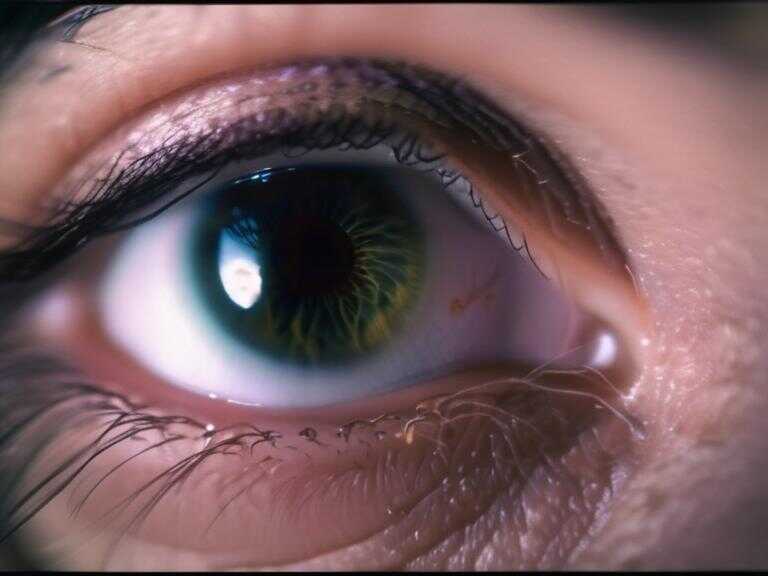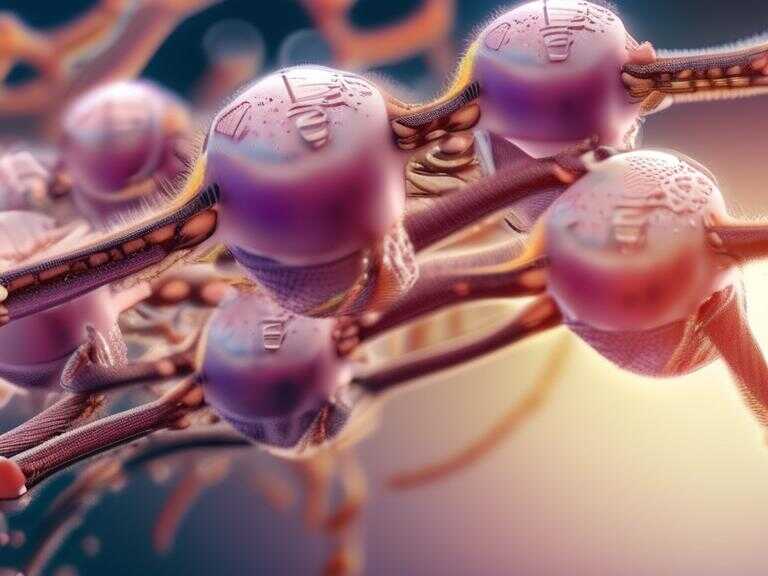
Professor Explores 'Goth Biology' and the Contradictions of Life and Death
Goth biology, a theoretical framework exploring the contradictions within biological forms, challenges traditional views of life and death, emphasizing the complex interplay of opposing elements in living organisms.

The realm of biology, often perceived as a straightforward exploration of life's processes, can also be viewed through a lens that embraces the intricate interplay of opposing forces. This unconventional perspective, known as goth biology, challenges traditional notions of life and death, urging us to consider the inherent contradictions within biological forms.
Professor Phillip Thurtle, from the Comparative History of Ideas department at the University of Washington, delves into this fascinating concept in his course, CHID 222: BioFutures. Goth biology, according to Thurtle, is not about negating the "normal" aspects of life but rather illuminating the significance of the often-overlooked shadows that shape our understanding of existence. It encourages us to explore the complexities of both light and dark, embracing the full spectrum of human experience.
The Fluidity of Life and Death
A central tenet of goth biology is the rejection of the binary view of life and death as distinct on-off switches. From a physiological standpoint, death is a gradual process characterized by a series of bodily changes. Muscles first relax, then contract again, blood flow ceases, flesh begins to decay, while bones persist. Even after what we conventionally consider the moment of death, the body continues to undergo transformations, blurring the lines between life and its cessation.
Thurtle emphasizes that goth biology seeks to deconstruct rigid categories and embrace the fluidity of biological processes. It invites us to question our assumptions about normality and pathology, recognizing that bodies are not static entities but dynamic systems constantly in flux.
An Alternative Approach to Evolution
Goth biology also challenges traditional narratives of evolution, which often present adaptation as a linear progression toward success. Thurtle argues that evolution is a far more complex process, replete with "ghosts"—stories of organisms that failed to adapt and therefore disappeared from the fossil record. By acknowledging these unsung stories, goth biology offers a more nuanced and comprehensive understanding of the evolutionary journey.
This alternative approach to biology encourages us to look beyond simplistic explanations and delve into the intricate web of relationships that shape life on Earth. It reminds us that evolution is not merely about survival of the fittest but also about the diversity of life, including its failures and adaptations that may not always lead to dominance.
Embracing Bodily Changes
Goth biology also sheds light on our own experiences with bodily changes. We tend to idealize "healthy bodies" and judge any deviations from this norm as pathologies or anomalies. However, goth biology challenges this binary view, recognizing that bodies are inherently diverse and that scars, imperfections, and aging are all part of the natural process of life.
By embracing these bodily changes, we can develop a more compassionate and accepting relationship with ourselves and others. Goth biology encourages us to move away from the pursuit of idealized bodies and instead focus on living fully in the present moment, acknowledging both the beauty and the fragility of our physical forms.
Professor Thurtle's work highlights the power of embracing complexity and challenging conventional wisdom. Goth biology, with its emphasis on the interplay of life and death, light and dark, offers a unique and thought-provoking perspective on the nature of existence. By shedding light on the often-overlooked aspects of biology, goth biology invites us to deepen our understanding of ourselves and the world around us.
Share news















